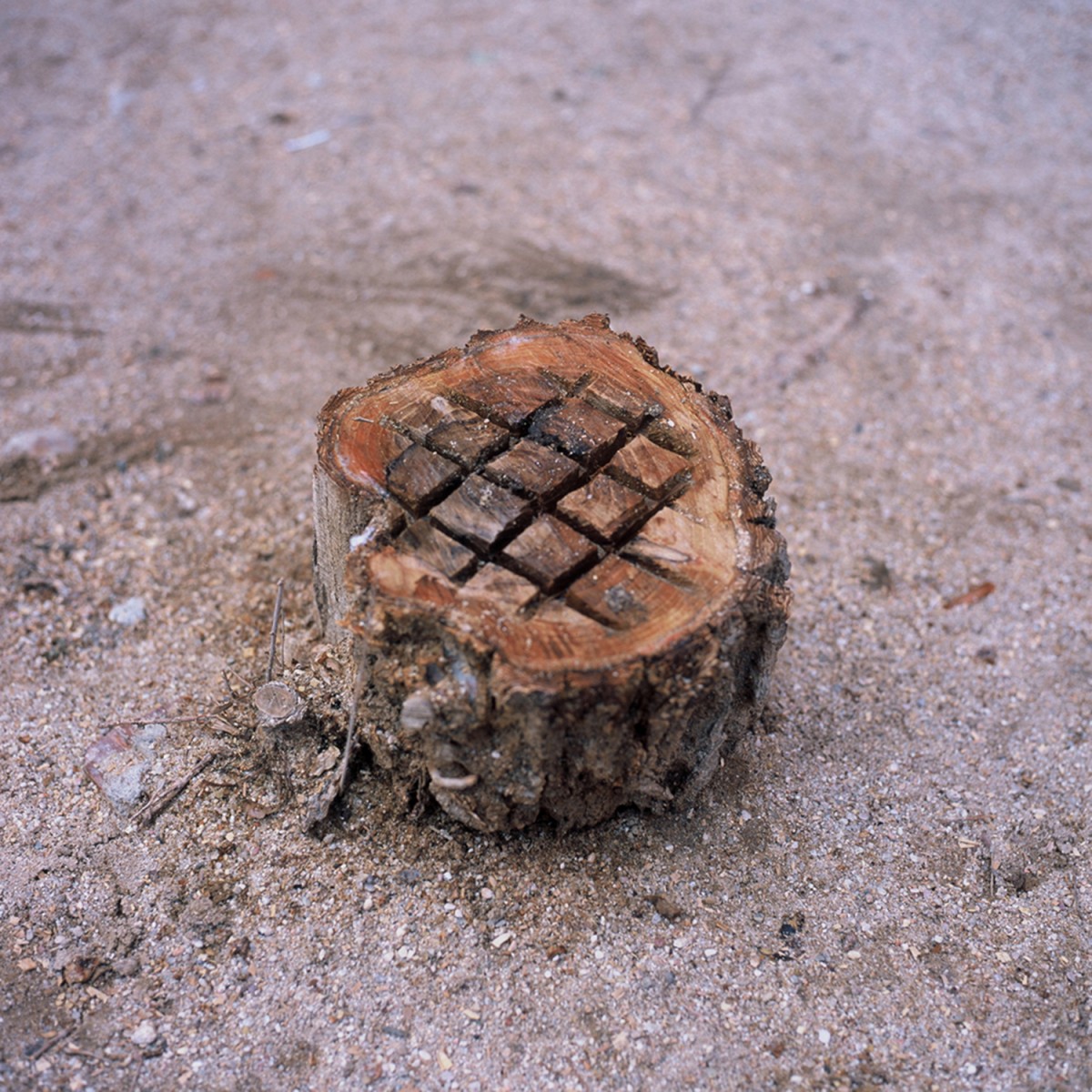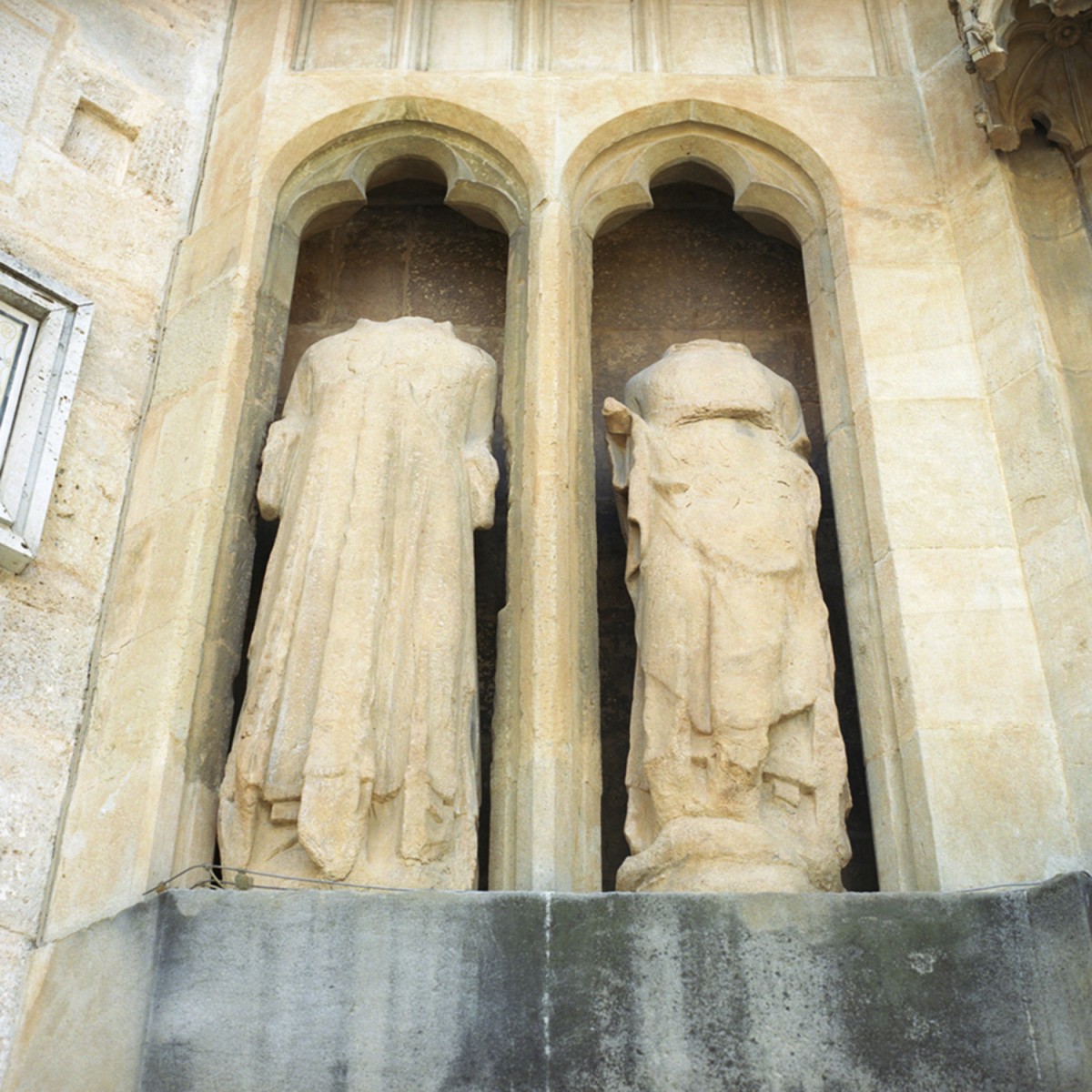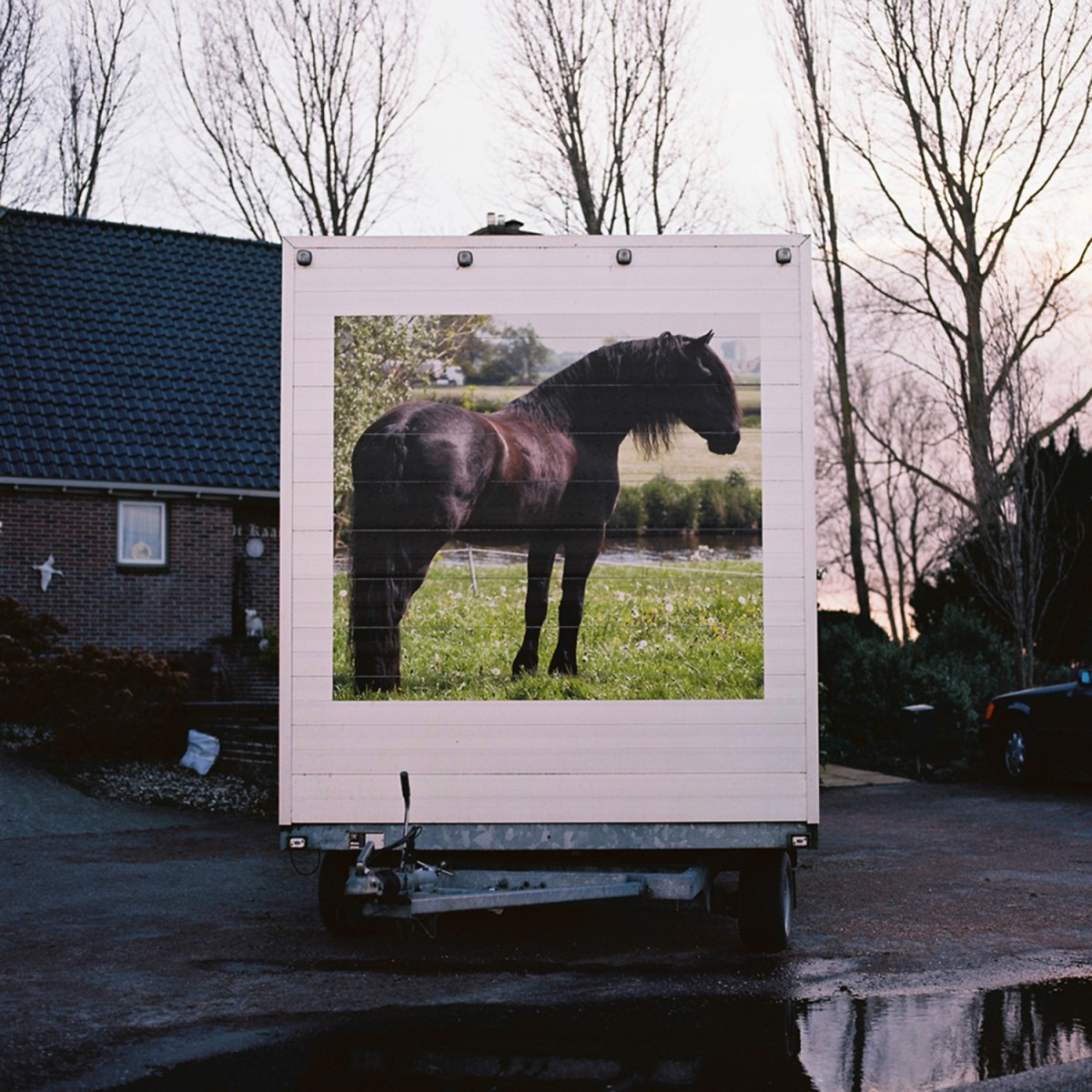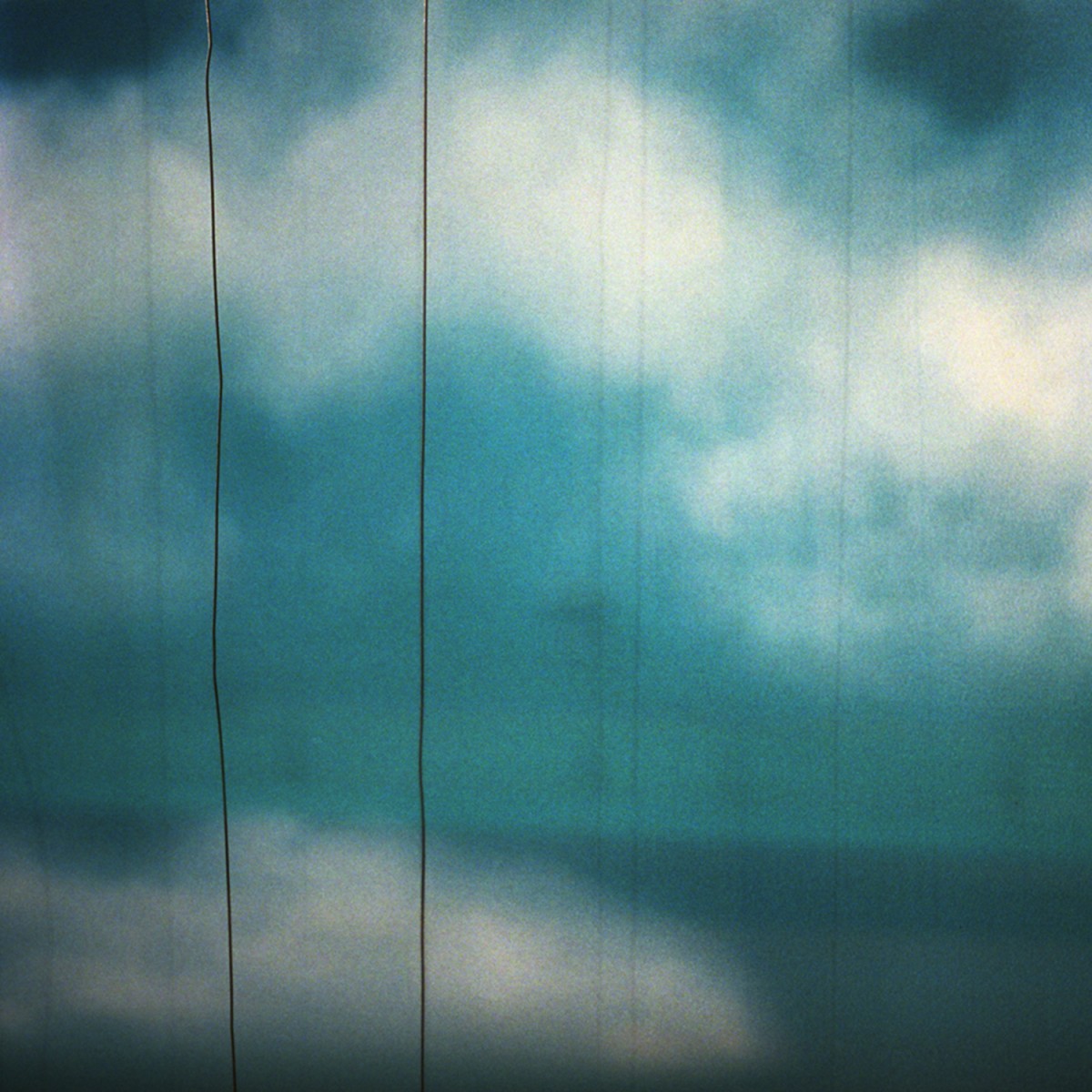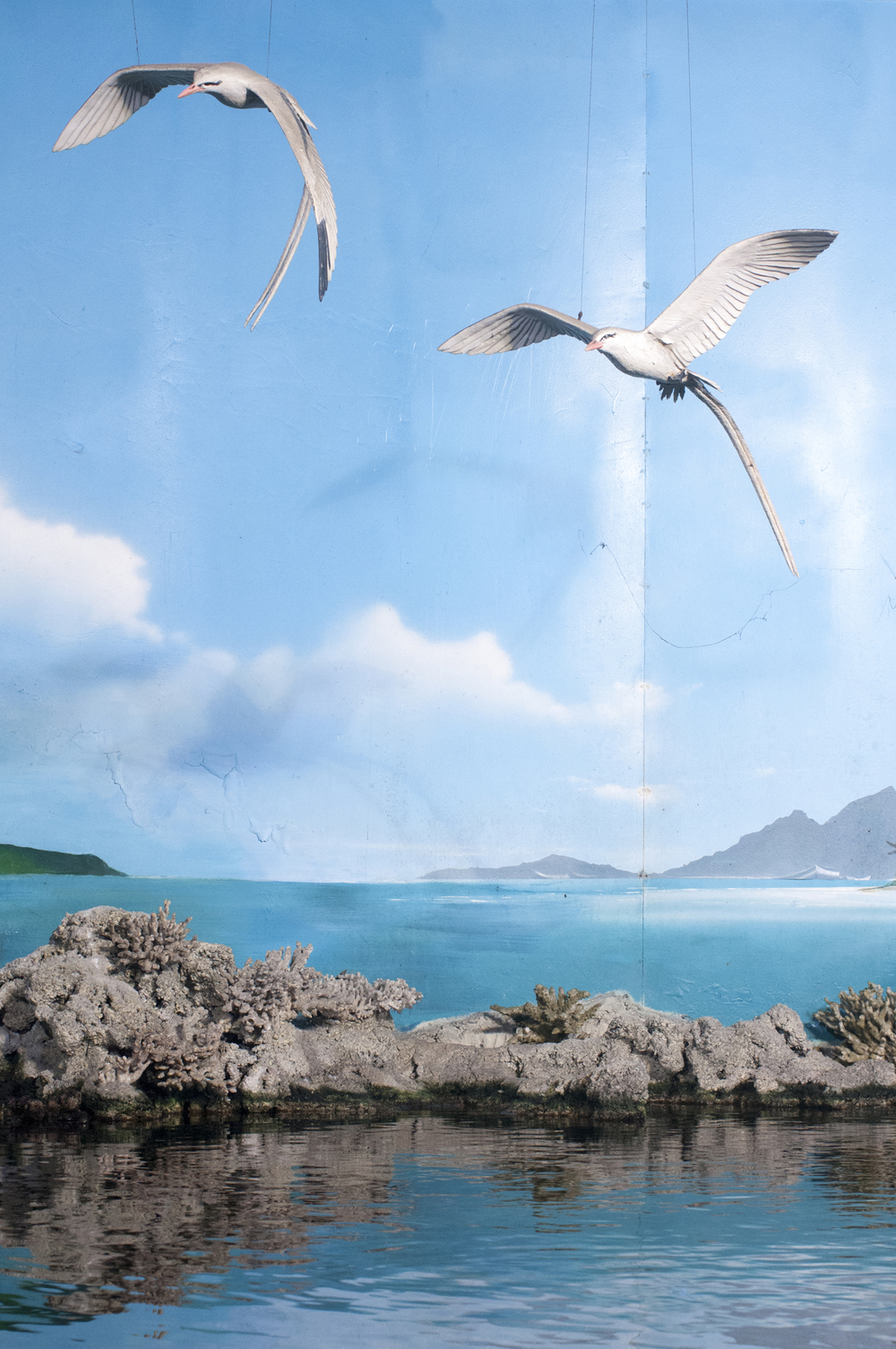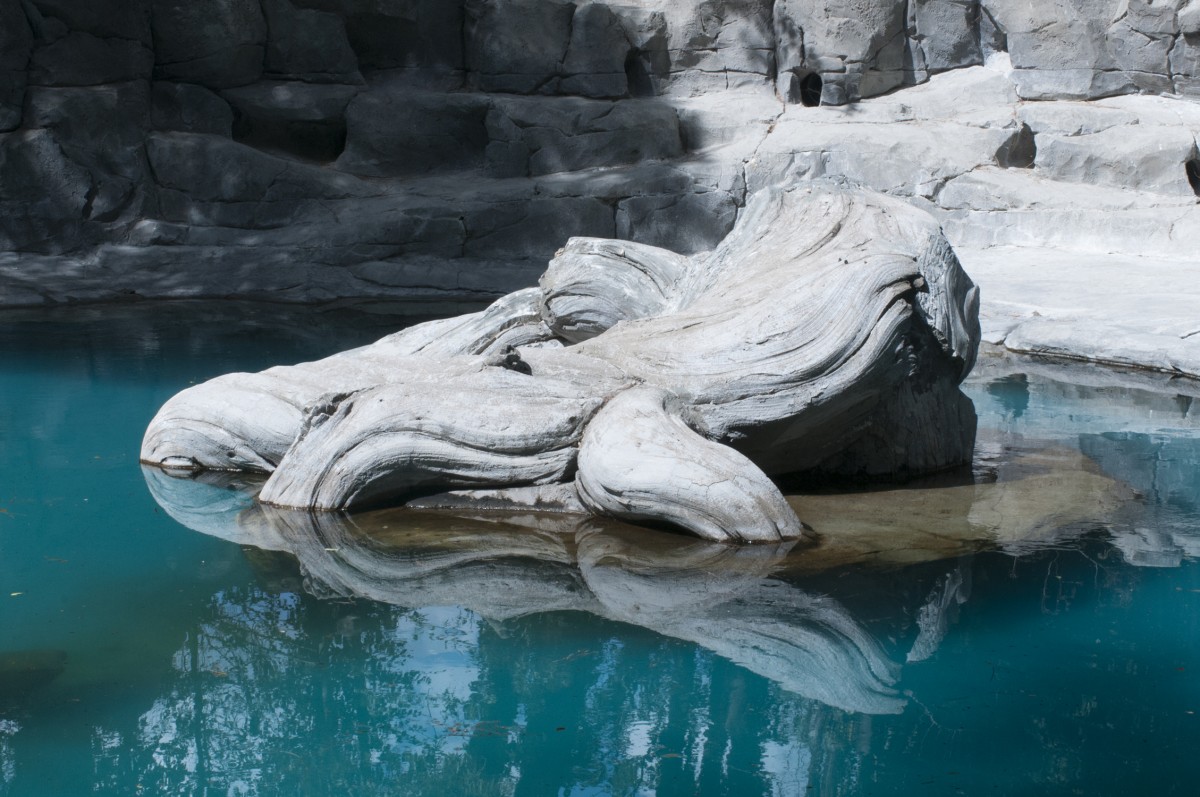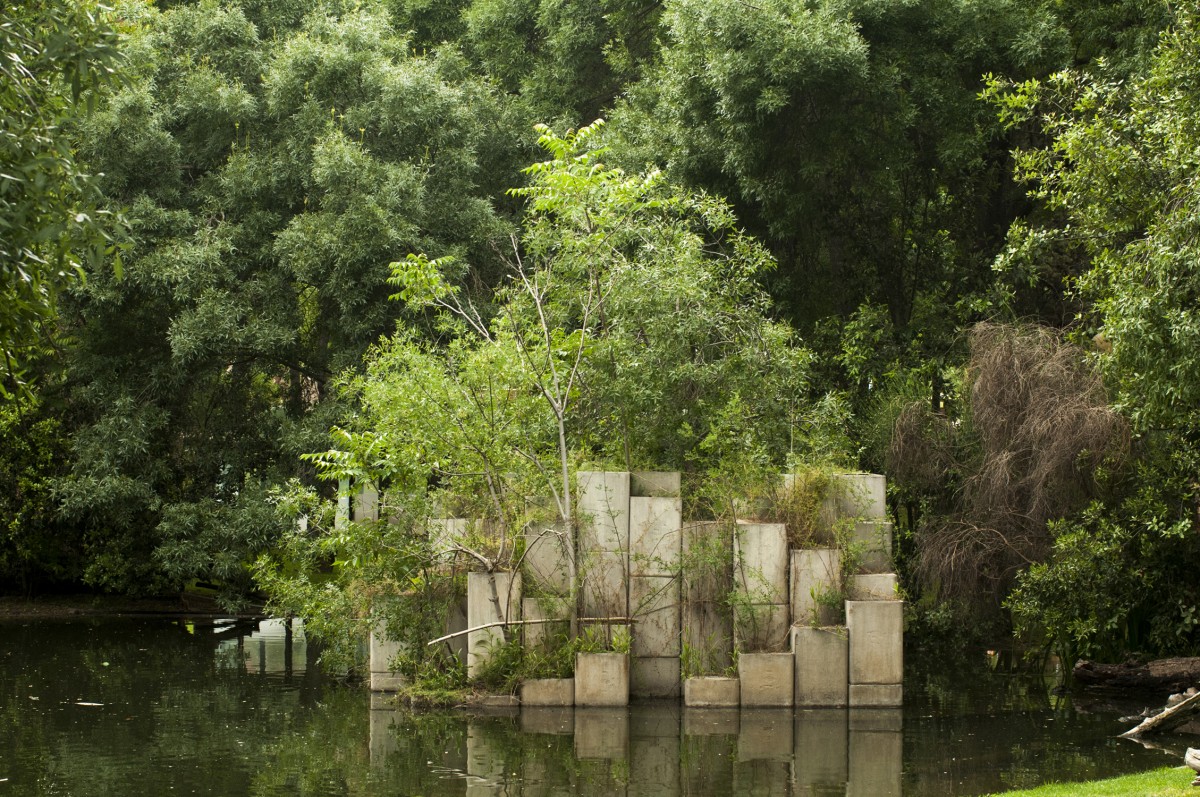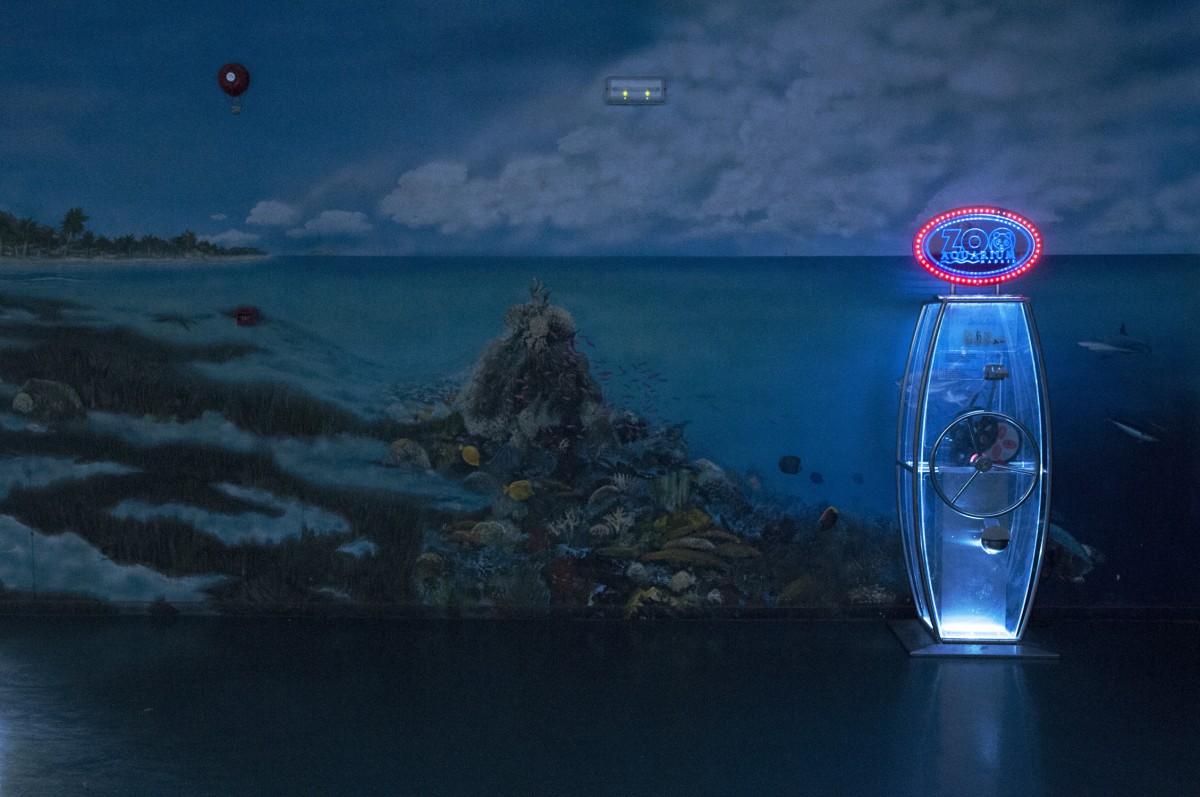Photographer, Inge Trienekens speaks to us about getting her work seen, the issues explored by her practice and what's coming next.
PW: Thanks for taking the time to talk to us today. This interview is part of a series called Ideas on Talent, aimed at talent development in young and emerging photographers.
Firstly, congratulations on being included in the ING Talent Awards long list. We wanted to speak today about your experience with your career so far.
Can you briefly explain what your interest in photography is and how you came to be a photographer?
IT: My first experience with photography started when I was a teenager, I took a photography course in high school where we had to make our own pinhole camera. After that, my interest in photography started to grow as a medium.
Around that time my sister gave me my first photo book for my birthday, it was Elliot Erwitt DogDogs. I was very inspired by the witty and humorous nature of Elliot Erwitt’s photography on dogs.

During a gap year I took after I finished high school, I travelled to Australia, New Zealand and South East Asia where I decided to take photographs other than the usual tourist shots. Me and some friends used to play this game where we would see whoever got the best photo and that person would win something small like a beer, so that was always quite the challenge.
My main interest in photography is that I can create my own reality. Through my photos I can make sense out of this life, to confront ‘the real world’. My work makes me understand society better, it taught me to look at multiple sides of a story. Within my projects, I create an imaginary world to escape certain expectations and fears, but at the same time I challenge myself to overcome my fears. Photography creates a visual consciousness for me, in which I unconsciously look for the moments that depict something estranged or surrealistic.
PW: In your series The Mystery of Things we’re presented with images within images and in some cases, it can be hard to define what we’re looking at. What were your intentions with this series?
IT: That is exactly what I wanted to achieve with The Mystery of Things, that it’s not immediately clear for the viewer what they’re looking at. My intention is that the images draw your attention for a little while and that they make you stop and think. None of the images are manipulated.

All the images were taken while walking around the city. During this project I started to let go of this perfection I was trying to create in the studio, and started to walk around trying to find this surrealistic and imperfect situations inside the city.
I took photos wherever I went, I travelled to places such as London, New York, Madrid, Amsterdam and my hometown. It was important for me to shoot on a weekly or daily basis, because I was trying to get rid of this anxious feeling that I had to live up to these social expectations, and everywhere I went I obviously took myself along with me so I noticed that all those surrealistic daily situations can be found anywhere.

My work often explores the subject of how we perceive things and why we make things look different than they actually are. One of the central questions to my work is: Why do we try to make things look better than they appear to be in reality? Sometimes it can be difficult to tell the difference between real and fake. That is why I can create my own version of reality through my art.
This series is mostly inspired by my generation, the so-called Y-generation, who have high expectations from the world around them but mainly from themselves. The search for our own identity, finding happiness and getting satisfaction from what we do in life, creates this thin & anxious line between perfection and imperfection. There is this constant presence of insecurities, expectations and disappointments.
All this pressure means that one-third of people in the Netherlands with a burn are amongst my generation. I wanted to do something with those statistics, almost like ‘The Mystery of Things’ is trying to take everyone out of this perfection, just by looking at the images.

The project The Mystery of Things is based on the Belgium painter Rene Magritte, I did a lot of research on surrealism and focused on his paintings. With a surrealistic approach, I search for the limits of the impossible, showing fragility and at the same time, the strength of nature in my work. My intention with this series was that I was stuck inside this seemingly perfect world and I wanted to share that with the viewer.

PW:How do you know when you’ve ‘finished’ a series?
IT: To be honest, I usually don’t. Even some of my older series can still be an on-going project, there might never be an ending to it. When I am upfront with myself I usually know deep down when a series is complete even if I don’t want to admit it to myself. It’s this feeling when you know it’s time to move on to something new or different, because within photography I keep growing and developing my style.
After a while the images I take for a particular series don’t match with the series that I used to work on the year before. When I look back at my photos taken with my phone, used as a diary, most of them are shown on my Instagram account, I sometimes feel a certain image would be perfect for ‘The Mystery of Things’, but in the end I would never add it to the series. Mainly because I decided to shoot analogue, partially to slow myself down, so I couldn’t capture everything around me. Later I realised I did really learn how to slow down because of this project. I still look for specific situations that might otherwise go by unnoticed, that’s why I still decide to keep sharing this point of view with the world through social media.

With analogue, I really love the process on how to decide which images to shoot, because of the limit of 12 images you have on one roll of film. Another magical thing is to make the selection afterwards, when you see the images disappear after you developed a roll of film and then you get to decide which images to enlarge, this process is as important to me as when I am out shooting the actual images itself. The most amazing thing is when you get to find these little mistakes or unintentional treasures within your own work.
PW: You’ve completed an MA from the Istituto Europeo di Design, Madrid amongst other educational experiences internationally all around the world. What were the differences from studying in Madrid to Rotterdam or Beijing?
IT: It was very inspiring to do my exchange program at a different school then the Willem de Kooning Academy where I got my Bachelor degree. I was very glad I got the opportunity to do an internship with the Fine Art Photographer; Mitsuko Nagone in Tokyo. This experience gave me new perspectives on my own photography and the experience of living in Japan made me look at the world around me in a different way, and that’s the exact thing I am looking for in my work. It’s important to keep expanding my horizons and if I would have stayed at the Willem de Kooning Academy for four years, I wouldn’t have had the same input or inspiration for my future and ongoing projects.

In Madrid, I really evolved my style, my tutors inspired me to let go of this perfection I was trying to create in the studio and to go back out on the streets. I seemed to have forgotten that one of the reasons I started with photography was because I was inspired by street photographers. One of my amazing tutors for the project The Mystery of Things was the Spanish photographer Ricardo Cases, he really made me think about my style, and pushed me with what I wanted to communicate with my work. ‘The Mystery of Things’ shows this real life imperfection that you can’t seem to control.
When I participated in an exchange program at the Central Academy of Fine Arts in Beijing, I was intrigued by so many things, but the thing that got to me the most were all the black markets that reproduce and sell so many fake products.
When I was younger I noticed that a lot of things were made in China and I always wondered what China would be like. When we had the chance to do an exchange program, I decided to go to a completely different culture from my own, to see how I would survive or manage on my own in a country I didn’t know anything about.

When I first came to Beijing I was very aware of how we live in this consumerist world and how everything had to be the cheapest. They didn’t seem to care so much about the quality of the products, the cheaper the better. It was almost like they can copy everything, anything or anyone and all the craftsmanship seemed to have disappeared. What caught my attention the most was the amount of little shops, stalls and vendors next door to each other that were all selling the exact same products. I started to wonder even at normal shops or real brands if I could tell the difference between the real or fake products cause they were almost all made in China. After my exchange program it didn’t take me so long to realise that not only do we do this to our products but also to our daily life. We try to enhance the less perfect by making it look better than it appears to be in reality. The inspiration for ‘The Mystery of Things’ is based on the time when I used to live in Beijing.
PW: Your work has had a lot of attention showing in many exhibitions around the world including a solo show at ING headquarters. How do you go about getting your work seen?
IT: My first big exposure was a publication in the GUP New Photography Talent Book in 2013. After that the curator of the Art & Insurance department of ING contacted me because they saw my work in the book, they asked if I wanted to do a solo exhibition at their headquarters. First I had an exhibition in Amsterdam at their headquarters and later on in Rotterdam.
This was really good exposure for me personally, it was very special to see my work printed on this big scale inside this huge office buildings.

FOAMLab (collaboration with FOAM) approached me and asked if I wanted to send in my portfolio to participate in PhotoTown. This was a very good experience, they picked 25 emerging photographers that could exhibit their work at the Tolhuistuin in Amsterdam. We were able to sell our work for a friendly price so that photography would be more approachable for everyone. We were all emerging artists so it was a very good opportunity and it was inspiring to get to know the people from FOAM and the other photographers.
Besides these amazing opportunities, I submit my work to different competitions and residencies worldwide. Sometimes I submit my work after I did some research on particular contests. I am not a big fan of the contests where you have to pay a lot of money. A small entrance fee I understand, partially because of the time and money it takes to organise these contests and to find a jury to make a selection. Most of the time, I don’t get any replies but sometimes when you’re lucky you get selected or even better they decide to publish your work.
For my photography it’s important that I keep traveling around, so that I can show my own reality from different point of views. That’s why I participated in exhibitions around the world, for example in; Tokyo , New York, Madrid, Birmingham and Sapporo.
One of my most recent exhibitions was being part of a group exhibition last winter when I did a residency in Sapporo, Japan. That is where my most recent projects; Best Before & White Noise came to life. Artists that stayed at the residency introduced me to a gallery and some local photographers there and they asked me to join the group exhibition: Sapporo Memory & Document, it was exhibited for two months at the 500m Underground Walkway Gallery in Sapporo. I was very honoured to be part of this amazing group show and I appreciate the fact they went out of their way to help me with the translation, even during the artist talk that was held in Japanese.
To sum it up, I have been very fortunate that I was given the chance and could take part in shows and exhibitions all around the world.
PW: Your commissioned work is quite different to your portfolio. Do you purposefully define the two styles differently? Do you separate think these two forms of photography or do you consider them equally?
IT: Yes, I think it’s important to separate these two forms of photography, I do want people to still recognise my style even if it is commissioned work, when an employer asks me to work in a certain way, I will, but I always want to add something of myself that makes the work a little bit more me. Sometimes this works out well, but sometimes it doesn’t go as planned and the consequence is that I might lose a client. In the end, I think it’s more important to stay true to your style than to make something you have no feeling with.

My portfolio work is very autonomous and my commissioned work is made for certain assignments, I don’t want to communicate this to the outside world as personal work. Commissioned work is something I perceive as a tool with which I can support myself. My personal work is purely something that comes from me and isn’t made because other people expect me to.
PW: Finally, what are you working on now?
IT: At the moment I am working on a few things. One of them is that I just started my MA at the Royal Academy of Fine Arts in Antwerp a few weeks ago. One year after obtaining my Master of Fine Art Photography at the IED in Madrid, I kind of missed the guidance of the professors, the workshops with the guest photographers and most of all the feedback and discussions we used to have with my friends and classmates. It’s good to keep developing myself and to discuss my work and to show it to many different people. This is one of the ways I can keep challenging myself.
Another thing I am working on at the moment is on my project for the Foederer Talent Award 2016, which I got nominated for. The result will be exhibited in a group exhibition in November among twenty artists during GLOW in Eindhoven, The Netherlands.

Ever since I started to travel, I have been fascinated by the concept of new beginnings. How you perceive a time and place whenever you first arrive, the things you notice, the differences with your own familiar environment and all the new people that inspire you. But also how it changes you and how it starts to feel more and more like home after a while.
Jetlags made me think lot about the concept of time, what a surreal thing time is. When we fly over different continents it’s the only way we can skip a night or fly through it. This reminded me of whenever I was a young girl, I was afraid of the night because of my nightmares. Every morning when I woke up there was a new beginning, a new day that awaited me. When I grew up I lost this curiosity for the new beginning.
When I travel I experience the same excitement as when I was a child, every time you arrive in a new place or a new environment it’s like a new beginning. But it’s so interesting how fast you adapt to that new environment. With this project I want to photograph the difference of how I perceive the transition between these new beginnings. What would happen if there were endless new beginnings all the time? What would our world look like then?
For more on Inge’s work, click here.
For more in our talent development series, click here.
